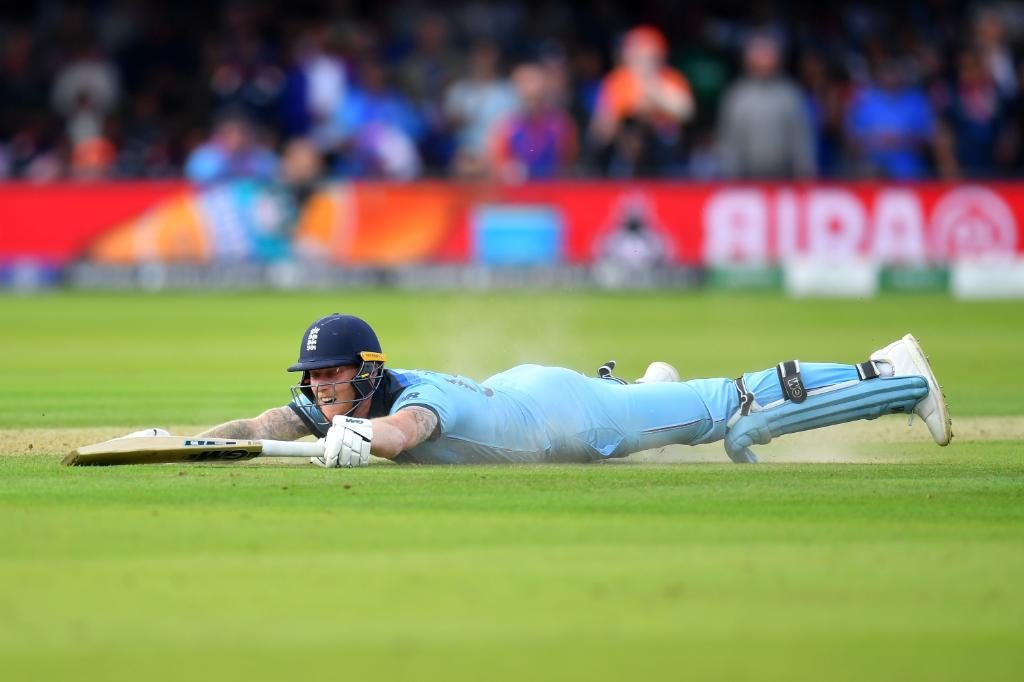The World Cup showed why cricket needs to update its laws if it wants to continue to appeal to fans, writes WADE PRETORIUS.
This isn’t a plea to get all ‘Millenial’ on the game. Rather, it’s a viewpoint after taking in what felt like months of 50-over cricket.
ODIs remain the unsexiest format – it hasn’t got the lights and gung-ho style attached to T20s or the purist qualities of a Test match. It’s somewhere in between and needs to adapt if it wants to maintain its place in the spotlight.
The World Cup final was a perfect advertisement with hours of ebb and flow. Wickets tumbling and big names bashing boundaries. And then it ended in a tie. After nine pool games and a semi-final, the two best teams finished level after 100 overs.
Only cricket could deliver that kind of drama. Nothing to separate the fighting qualities of the Black Caps and England’s power batting and pace arsenal.
Super Over! Yes, a fairly new introduction to the game. And then, quite incredibly, the teams could not be separated after six balls each way.
Another Super Over? No. The match is over. Finished with two teams equal in regulation and extra time. The winner is the team that scored the most boundaries in the match. Social media quite rightly outraged. How on earth is that possible?
Rugby has extra time and sudden death before a kicking competition finally settles it. Soccer has extra time – with variations of a golden goal and silver goal – before penalties settle it. Golf’s playoff system eventually brings about a winner decided not on the amount of eagles or birdies in the final round or tournament itself.
But cricket goes and shoots itself in the foot with this archaic rule. Sure, both sides knew the consequences of a tied Super Over and can’t have any complaints as you play the game to the predetermined set of rules.
But now is the time to make a change. To improve the product and rid itself of unnecessary talking points.
READ: Five talking points from final
When you are fighting with the likes of Wimbledon (you will note the new fifth set tie break rule introduced) and the Scottish Open (it took three playoff holes to have the winner crowned) for eyeballs on the TV then you need to make sure your product adapts to modern times.
Quite simply, play another Super Over – what a jackpot for those in attendance – to determine the winner.
When team’s reach the final, everything is left in the past. Net-run rates, wins and losses and boundaries hit to that point all fall by the wayside. It’s a new day, a once off battle to be crowned the champions of the world.
And much like how everything prior is forgotten, then surely when the match is tied you move into the Super Over decider with everything in the 100 preceding overs is forgotten in context.
Cricket has been slow to change but has good examples of making progress. DRS – although flawed in some respects – has brought about change for good. The addition of powerplays has also helped increase the run flow throughout the contest.
If the game wants to keep its current fans and attract new ones, it must modernise its rules. Sure there were plenty of old men in jackets and ties at Lord’s yesterday but they are the in minority when it comes to the target audience. Them and perhaps the relieved English fans would probably be the only ones who believe the rules are fine as they are.
When boundaries hit is the best possible manner of settling the outcome. Imagine, for a second a Soccer World Cup final between France and Croatia is drawn 2-2 in normal time with no goals in the 30 minutes of extra time. Both teams score four of their five penalties and the ref blows his whistle.
That’s the end of the contest. He talks to his support team, who head to the VAR room and count up all the corners gained by France and then all the corners secured by Croatia.
France are declared the winners with five corners as opposed to Croatia’s three.
Can we all see now how utterly ridiculous this rule is?





